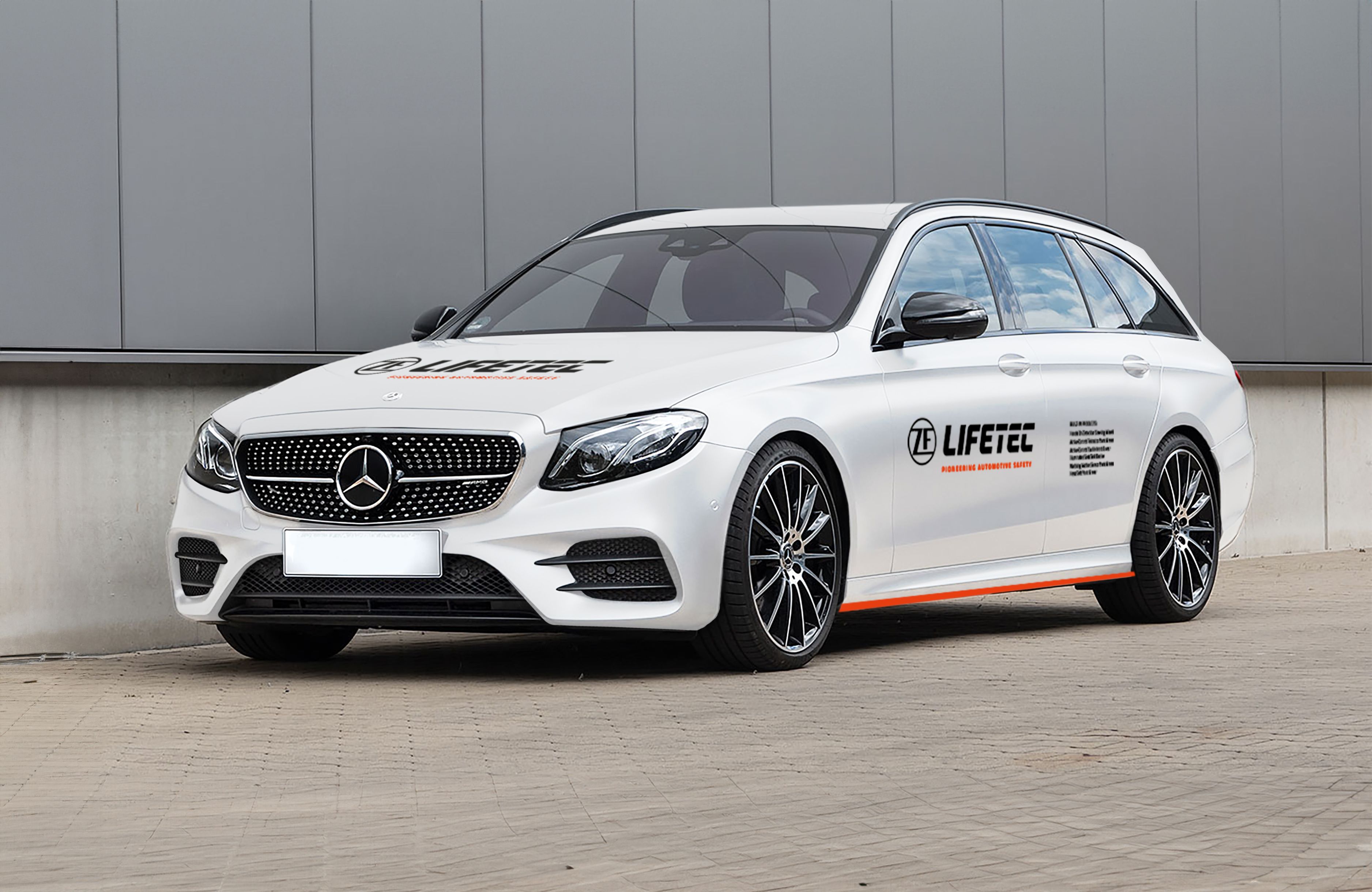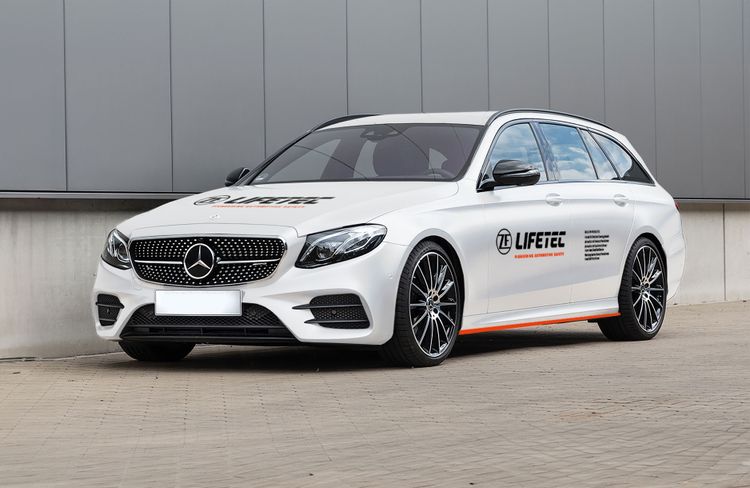Adaptive Restraint Systems Through Intelligent Occupant
2025-OCT-06- ZF LIFETEC combines camera and sensor data to classify occupants, enabling adaptive and safety-optimized deployment of airbags and seatbelt systems
- Live demo at InCabin 2025: Visitors will experience how real-time data dynamically adjusts restraint systems to individual occupant situations in a new demo vehicle
- Systems meet Euro NCAP's 2026 and 2030 roadmap requirements, including occupant monitoring and frontal crash protection
- "Precise occupant recognition is the foundation for tailoring passive safety to each individual," explains Harald Lutz, Head of Research and Development at ZF LIFETEC

At InCabin 2025, ZF LIFETEC will present from October 7–9, 2025, in Barcelona its pioneering solutions for adaptive restraint systems, which are based on advanced occupant monitoring technology. Using advanced camera and sensor fusion, the system identifies and classifies vehicle occupants in real time. This enables adaptive deployment of airbags and seatbelts tailored to individual seating positions and postures. A live demo in our show car showcases how restraint systems dynamically respond to changing occupant scenarios.
No two people are alike. Whether they are tall, petite, or muscular, every occupant deserves the highest level of passive safety. To meet this goal, restraint systems must adapt to different body types and seating positions. ZF LIFETEC rises to this challenge and will present camera-based system solutions at the InCabin 2025 conference. These solutions use a new generation of algorithms to classify occupants by size, weight, and seating posture. These solutions enable adaptive control of airbags and seatbelt systems by integrating camera, seat, and belt sensor data.
Real-Life Safety for the Interiors of Tomorrow
Vehicle manufacturers can respond more precisely to real-world crash scenarios by adaptively adjusting restraint systems, which is a key step toward improving "real-life safety." "With the shift toward automated driving and the resulting redesign of vehicle interiors, adaptive restraint systems are becoming increasingly relevant," says Harald Lutz, Head of Research and Development at ZF LIFETEC. "Accurate occupant recognition is essential — it forms the basis for flexible, individualized safety architecture." Philipp Russ, who is responsible for occupant recognition at ZF LIFETEC, adds: "To enable targeted, software-driven adjustment of restraint systems, we use algorithms that reliably detect occupant properties."
Overview of Occupant Recognition Functions
Visitors to InCabin 2025 will have the opportunity to experience this technology firsthand in the new demo vehicle. The system solution features precise detection of children and child seats to adjust airbag deployment, seat occupancy recognition to provide reliable seatbelt warnings, and support for emergency response chains. The system also provides alerts for incorrect seatbelt usage and occupant classification for customized restraint strategies. Additionally, it detects out-of-position seating and issues timely warnings or suppresses the activation of safety-critical systems. With this ZF LIFETEC positions itself as a trusted system integrator and development partner for global OEMs, helping them respond to evolving Euro NCAP star rating criteria through 2030.
System Integrator for Safer Vehicle Interiors
ZF LIFETEC works with the automotive industry and international NCAPs to reduce fatal and serious traffic casualties, regarding the common goal of “vision zero”. The company relies on adaptive and scalable restraint systems that adjust to individual characteristics, such as size, weight, seating position, and seat occupancy, to achieve this. Occupant cameras, belt extraction sensors, and seat sensors collect relevant data and process it into a digital twin that classifies each occupant. Combining this data with active vehicle sensor inputs enables personalized restraint responses in crash scenarios. Airbags and seatbelt retractors adapt to the occupant’s build and posture. ZF LIFETEC provides the necessary actuators and software. Firing times are adjusted based on occupant and crash information. The Dual Contour Airbag adjusts its volume via a two-stage gas generator based on seating position. The seatbelt retractors of the family 8 (ACR8- / SPR8-series) use variable force limiters to tailor restraint forces individually. The adaptive back vent in the airbag is used individually for different occupants and crash scenarios.




